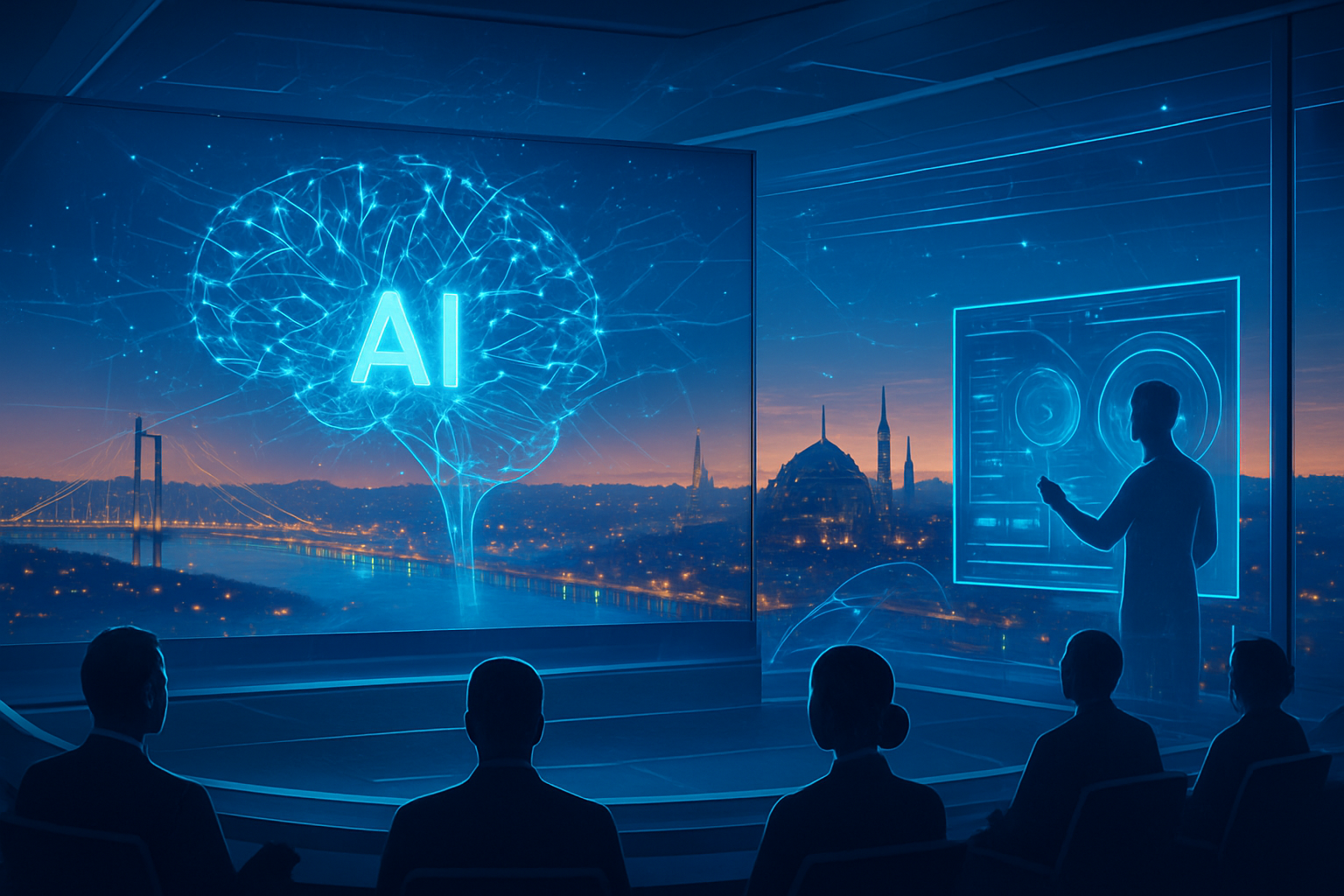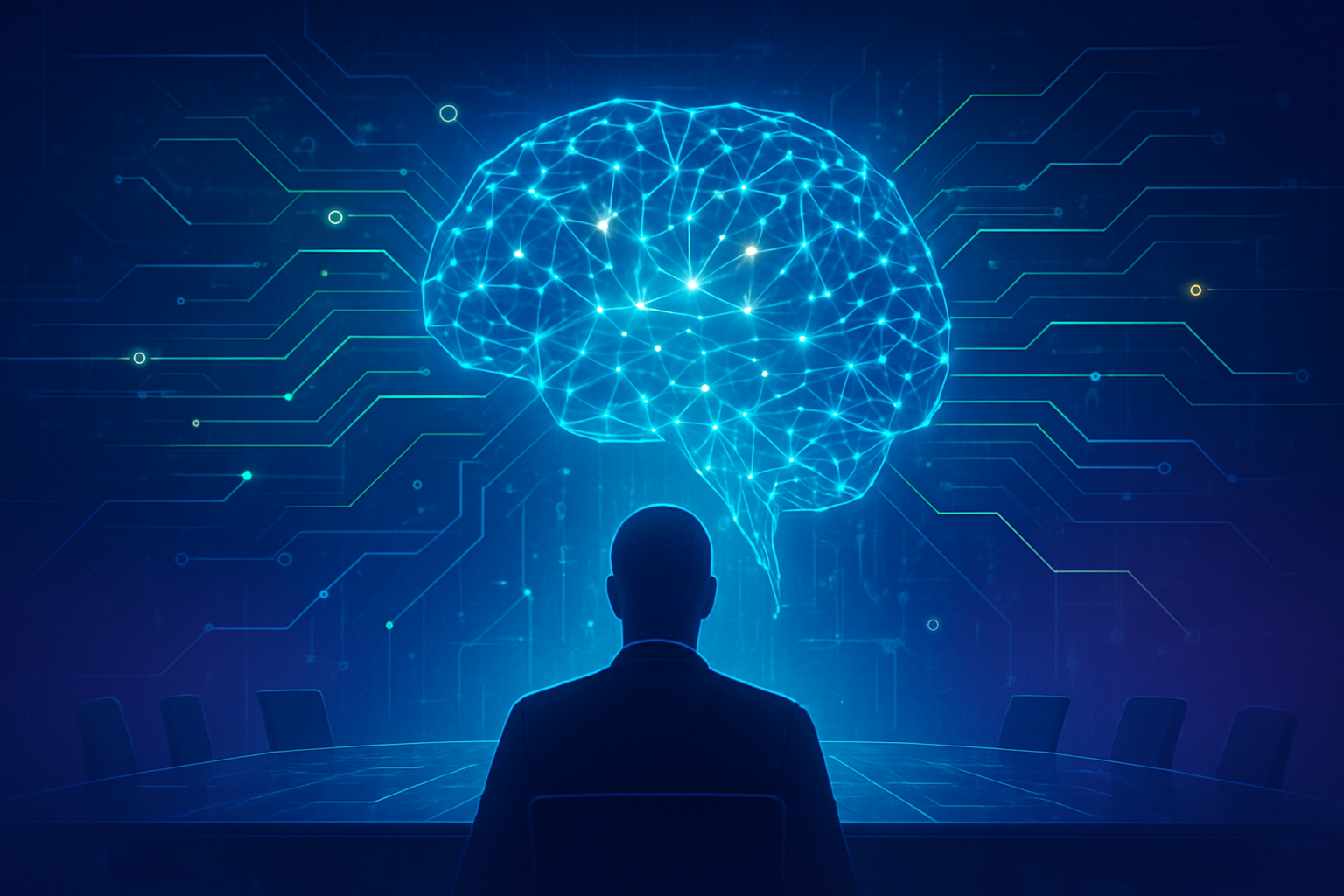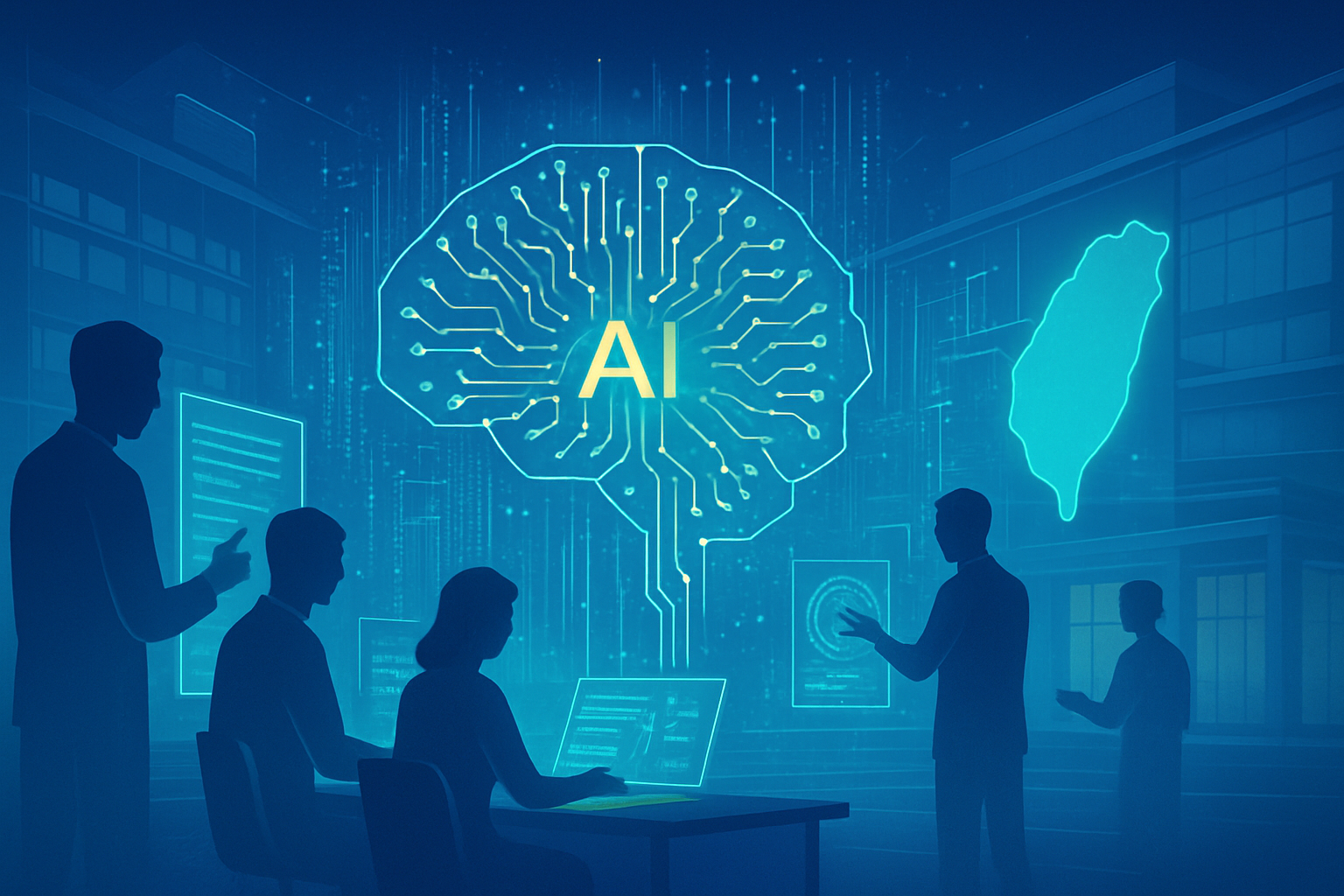In an unprecedented global push, governments across the United States, Europe, Asia, and beyond are channeling hundreds of billions of dollars into securing their technological futures, with a laser focus on semiconductor manufacturing and artificial intelligence (AI). This massive strategic investment, unfolding rapidly over the past two years and continuing through 2025, signifies a fundamental shift in national industrial policy, driven by geopolitical tensions, critical supply chain vulnerabilities, and the undeniable recognition that leadership in these foundational technologies is paramount for national development, economic prosperity, and defense capabilities. The immediate significance of these initiatives is the reshaping of global tech supply chains, fostering domestic innovation ecosystems, and a concerted effort to achieve technological sovereignty, ensuring nations control their destiny in an increasingly digital and AI-driven world.
A New Era of Strategic Investment: The Technical Blueprint for Sovereignty
The core of these governmental efforts lies in a multifaceted approach to bolster domestic capabilities across the entire technology stack, from advanced chip fabrication to cutting-edge AI research. The U.S. Creating Helpful Incentives to Produce Semiconductors (CHIPS) and Science Act, signed in August 2022, stands as a monumental commitment, allocating approximately $280 billion to the tech sector, with over $70 billion directly targeting the semiconductor industry through subsidies and tax incentives. This includes $39 billion for chip manufacturing, $11 billion for R&D via agencies like NIST, and a 25% investment tax credit. Crucially, it earmarks an additional $200 billion for AI, quantum computing, and robotics research, aiming to increase the U.S. share of global leading-edge chip manufacturing to nearly 30% by 2032. The "guardrails" within the Act explicitly prohibit recipients of CHIPS funding from expanding advanced semiconductor manufacturing in "countries of concern," directly addressing national security interests and supply chain resilience for defense systems and critical infrastructure.
Similarly, the European Chips Act, which formally entered into force in September 2023, is mobilizing over €43 billion in public investments and more than €100 billion of policy-driven investment by 2030. Its "Chips for Europe Initiative," with a budget of €3.3 billion, focuses on enhancing design tools, establishing pilot lines for prototyping advanced and quantum chips, and supporting innovative startups. Recent calls for proposals in late 2023 and 2024 have seen hundreds of millions of Euros directed towards research and innovation in microelectronics, photonics, heterogeneous integration, and neuromorphic computing, including a €65 million funding call in September 2024 for quantum chip technology. These initiatives represent a stark departure from previous hands-off industrial policies, actively steering investment to build a resilient, self-sufficient semiconductor ecosystem, reducing reliance on external markets, and strengthening Europe's technological leadership.
Across the Pacific, Japan, under Prime Minister Shigeru Ishiba, announced a transformative $65 billion investment plan in November 2024, targeting its semiconductor and AI sectors by fiscal year 2030. This plan provides significant funding for ventures like Rapidus, a collaboration with IBM and Belgium's Imec, which aims to commence mass production of advanced chips in Hokkaido by 2027. Japan is also providing substantial subsidies to Taiwan Semiconductor Manufacturing Company (NYSE: TSM) for its fabrication plants in Kumamoto, including $4.6 billion for a second plant. China, meanwhile, continues its aggressive, state-backed push through the third installment of its National Integrated Circuit Industry Investment Fund (the "Big Fund") in 2024, an approximately $48 billion vehicle to boost its semiconductor industry. Chinese venture capital investments in chips totaled $22.2 billion in 2023, more than double 2022, largely driven by the "Big Fund" and municipal authorities, focusing on advanced packaging and R&D for advanced node manufacturing to counter U.S. export restrictions. The UK Ministry of Defence's "Defence Artificial Intelligence Strategy" further underscores this global trend, committing significant investment to AI research, development, and deployment for defense applications, recognizing AI as a "force multiplier" to maintain a competitive advantage against adversaries.
Reshaping the Landscape: Implications for Tech Giants and Startups
These unprecedented government investments are fundamentally reshaping the competitive landscape for AI companies, tech giants, and nascent startups. Major semiconductor manufacturers like Intel Corporation (NASDAQ: INTC), Taiwan Semiconductor Manufacturing Company (NYSE: TSM), Samsung Electronics Co., Ltd. (KRX: 005930), and STMicroelectronics N.V. (NYSE: STM) are direct beneficiaries, receiving billions in subsidies and tax credits to build new fabrication plants and expand R&D. Intel, for example, is a key recipient of CHIPS Act funding for its ambitious manufacturing expansion plans in the U.S. Similarly, STMicroelectronics received a €2 billion Italian state aid measure in May 2024 to set up a new manufacturing facility. These incentives drive significant capital expenditure, creating a more geographically diverse and resilient global supply chain, but also intensifying competition for talent and resources.
For AI companies and tech giants such as Google (NASDAQ: GOOGL), Microsoft Corporation (NASDAQ: MSFT), Amazon.com, Inc. (NASDAQ: AMZN), and NVIDIA Corporation (NASDAQ: NVDA), these initiatives present both opportunities and challenges. Government R&D funding and partnerships, like DARPA's "AI Forward" initiative in the U.S., provide avenues for collaboration and accelerate the development of advanced AI capabilities crucial for national security. However, "guardrails" and restrictions on technology transfer to "countries of concern" impose new constraints on global operations and supply chain strategies. Startups in critical areas like AI hardware, specialized AI software for defense, and quantum computing are experiencing a boom in venture capital and direct government support, especially in China where the "Big Fund" and companies like Alibaba Group Holding Limited (NYSE: BABA) are pouring hundreds of millions into AI startups like Moonshot AI. This surge in funding could foster a new generation of indigenous tech leaders, but also raises concerns about market fragmentation and the potential for technological balkanization.
The competitive implications are profound. While established players gain significant capital injections, the emphasis on domestic production and R&D could lead to a more regionalized tech industry. Companies that can align with national strategic priorities, demonstrate robust domestic manufacturing capabilities, and secure their supply chains will gain a significant market advantage. This environment could also disrupt existing product cycles, as new, domestically sourced components and AI solutions emerge, potentially challenging the dominance of incumbent technologies. For instance, the push for indigenous advanced packaging and node manufacturing in China, as seen with companies like SMIC and its 7nm node in the Huawei Mate Pro 60, directly challenges the technological leadership of Western chipmakers.
Wider Significance: A New Geopolitical and Economic Paradigm
These government-led investments signify a profound shift in the broader AI landscape, moving beyond purely commercial competition to a state-backed race for technological supremacy. The strategic importance of semiconductors and AI is now viewed through the lens of national security and economic resilience, akin to previous eras' focus on steel, oil, or aerospace. This fits into a broader trend of "techno-nationalism," where nations prioritize domestic technological capabilities to reduce dependencies and project power. The U.S. Executive Order on AI (October 2023) and the UK's Defence AI Strategy highlight the ethical and safety implications of AI, recognizing that responsible development is as crucial as technological advancement, especially in defense applications.
The impacts are far-reaching. On the one hand, these initiatives promise to diversify global supply chains, making them more resilient to future shocks and geopolitical disruptions. They also stimulate massive economic growth, create high-skill jobs, and foster innovation ecosystems in regions that might not have otherwise attracted such investment. The emphasis on workforce development, such as the U.S. CHIPS Act's focus on training 67,000 engineers and technicians, is critical for sustaining this growth. On the other hand, potential concerns include market distortion due to heavy subsidies, the risk of inefficient allocation of resources, and the potential for an escalating "tech cold war" that could stifle global collaboration and innovation. The "guardrails" in the CHIPS Act, while aimed at national security, also underscore a growing decoupling in critical technology sectors.
Comparisons to previous AI milestones reveal a shift from purely scientific breakthroughs to a more integrated, industrial policy approach. Unlike the early days of AI research driven largely by academic institutions and private companies, the current phase sees governments as primary architects and funders of the next generation of AI and semiconductor capabilities. This state-driven investment is reminiscent of the space race or the development of the internet, where national interests spurred massive public funding and coordination. The scale of investment and the explicit link to national security and sovereignty mark this as a new, more intense phase in the global technology race.
The Horizon: Future Developments and Emerging Challenges
Looking ahead, the near-term will see the continued rollout of funding and the establishment of new manufacturing facilities and R&D centers globally. We can expect to see the first tangible outputs from these massive investments, such as new chip foundries coming online in the U.S., Europe, and Japan, and advanced AI systems emerging from government-backed research initiatives. The EU's quantum chip technology funding, for instance, signals a future where quantum computing moves closer to practical applications, potentially revolutionizing areas from cryptography to materials science. Experts predict a heightened focus on specialized AI for defense, cybersecurity, and critical infrastructure protection, as governments leverage AI to enhance national resilience.
Potential applications and use cases on the horizon are vast, ranging from AI-powered autonomous defense systems and advanced cyber warfare capabilities to AI-driven drug discovery and climate modeling, all underpinned by a secure and resilient semiconductor supply. The U.S. Department of Defense's 2023 National Defense Science & Technology Strategy emphasizes new investment pathways for critical defense capabilities, indicating a strong pipeline of AI-driven military applications. However, significant challenges remain. Workforce development is a critical hurdle; attracting and training enough skilled engineers, scientists, and technicians to staff these new fabs and AI labs will be crucial. Furthermore, ensuring ethical AI development and deployment, particularly in defense contexts, will require robust regulatory frameworks and international cooperation to prevent unintended consequences and maintain global stability.
Experts predict that the current trajectory will lead to a more distributed global semiconductor manufacturing base, reducing the concentration of production in any single region. This diversification, while costly, is seen as essential for long-term stability. The integration of AI into every facet of defense and critical infrastructure will accelerate, demanding continuous investment in R&D and talent. What happens next will largely depend on the ability of governments to sustain these long-term investments, adapt to rapidly evolving technological landscapes, and navigate the complex geopolitical implications of a global tech race.
A Defining Moment in AI and Semiconductor History
The current surge in government investment into semiconductors and AI represents a defining moment in technological history, signaling a paradigm shift where national security and economic sovereignty are inextricably linked to technological leadership. The key takeaways are clear: governments are no longer spectators in the tech arena but active participants, shaping the future of critical industries through strategic funding and policy. The scale of capital deployed, from the U.S. CHIPS Act to the European Chips Act and Japan's ambitious investment plans, underscores the urgency and perceived existential importance of these sectors.
This development's significance in AI history cannot be overstated. It marks a transition from a largely private-sector-driven innovation cycle to a hybrid model where state intervention plays a crucial role in accelerating research, de-risking investments, and directing technological trajectories towards national strategic goals. It's a recognition that AI, like nuclear power or space exploration, is a dual-use technology with profound implications for both prosperity and power. The long-term impact will likely include a more resilient, though potentially fragmented, global tech ecosystem, with enhanced domestic capabilities in key regions.
In the coming weeks and months, watch for further announcements regarding funding allocations, groundbreaking ceremonies for new manufacturing facilities, and the emergence of new public-private partnerships. The success of these initiatives will hinge on effective execution, sustained political will, and the ability to foster genuine innovation while navigating the complex ethical and geopolitical challenges inherent in this new era of techno-nationalism. The global race for technological sovereignty is fully underway, and its outcomes will shape the geopolitical and economic landscape for decades to come.
This content is intended for informational purposes only and represents analysis of current AI developments.
TokenRing AI delivers enterprise-grade solutions for multi-agent AI workflow orchestration, AI-powered development tools, and seamless remote collaboration platforms.
For more information, visit https://www.tokenring.ai/.






